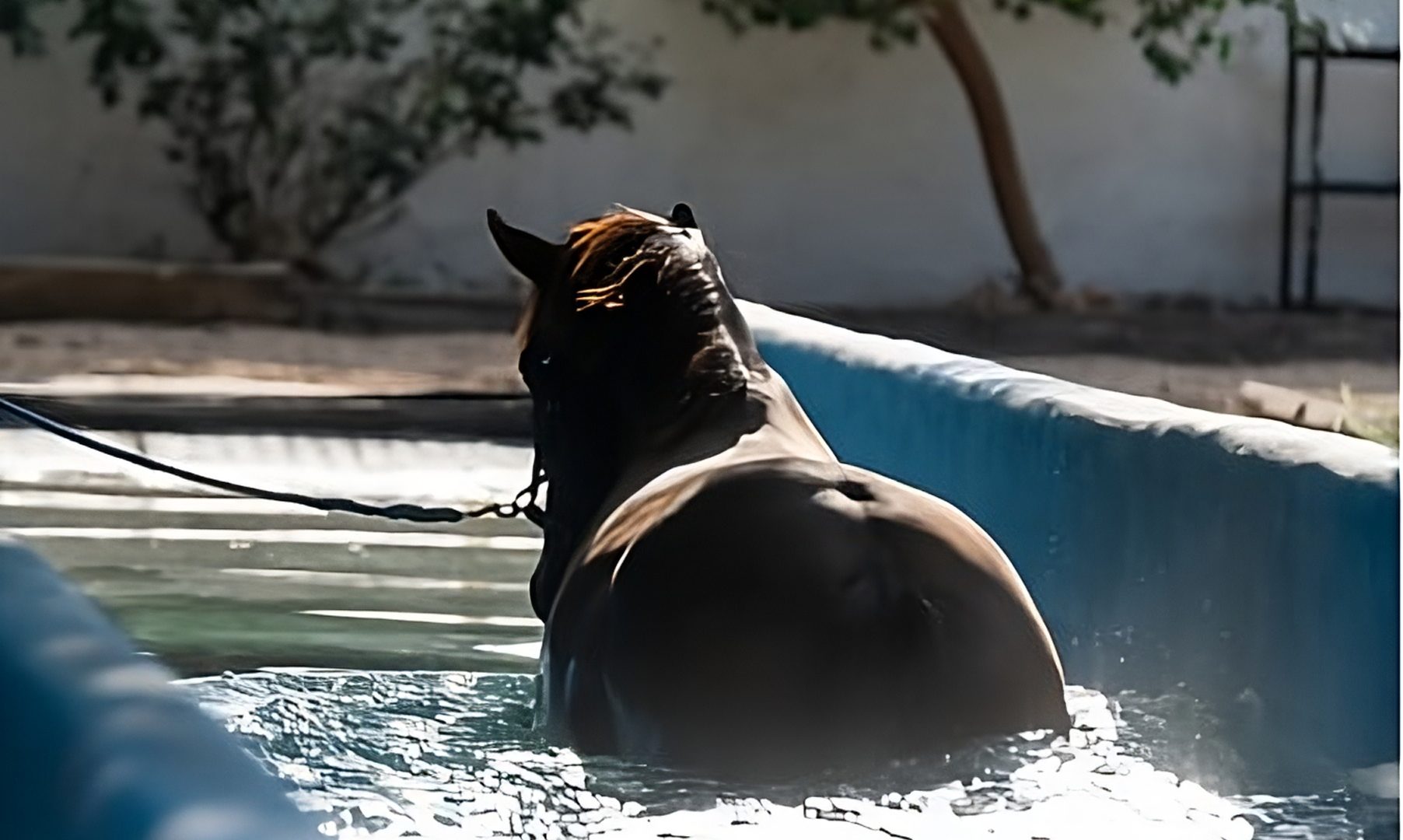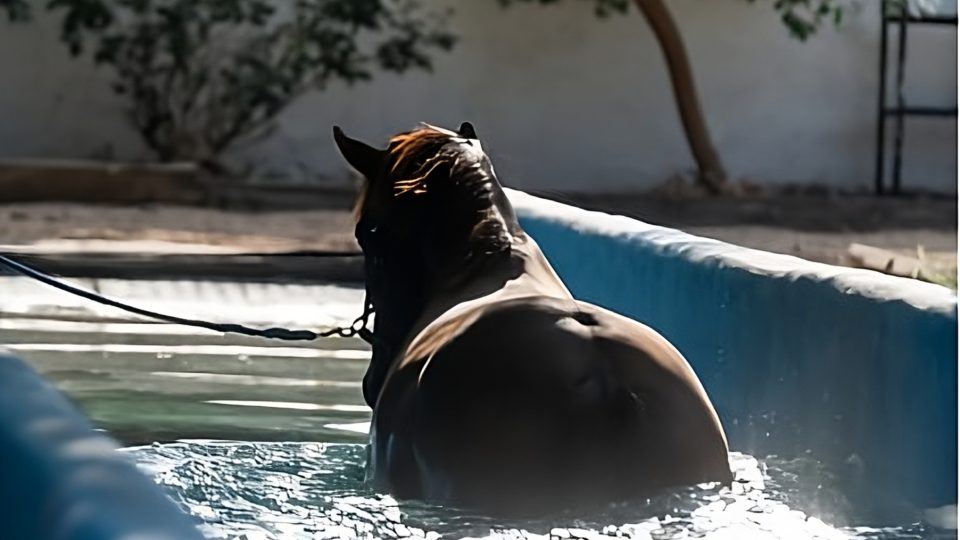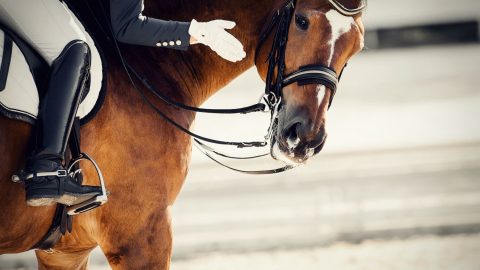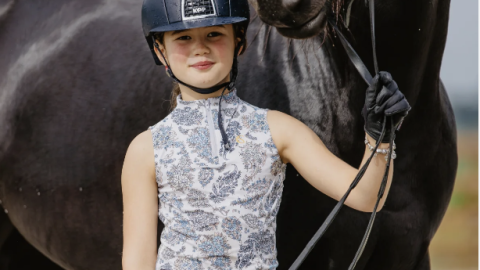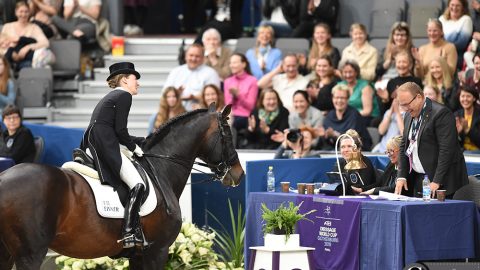In the equestrian world, we often talk about gaits, impulsion, straightness, or the technique of exercises. However, there is one common element across all disciplines that often goes unnoticed: the horse’s back.
The back is not just the part we see and where the saddle is placed. It is the bridge of connection between the forehand and the hindquarters, the place where the energy from the hind legs is transmitted forward, and where the rider’s weight is balanced. A strong and supple back is the foundation of a healthy, willing, and high-performing horse.
Why Is the Back So Important?
- It carries the rider’s weight: without well-developed back muscles, this weight is transferred to weaker structures like joints and ligaments, increasing the risk of injury.
- It transmits impulsion: whether in dressage, jumping, or endurance, the energy from the hind legs needs a flexible back to flow forward.
- It ensures comfort and longevity: a horse that works its back correctly not only moves better but also stays sound for more years.
- It prevents behavioral issues: resistances, refusals in jumping, or tension in dressage often have their origin in a stiff or painful back.
How to Strengthen the Back
- Lunging and long reins: allow the horse to move freely, stretching the neck and lifting the back.
- Transitions and changes of tempo: encourage the horse to engage the hindquarters and activate the topline.
- Work on varied terrain: gentle uphill and downhill work develops deep muscles.
- Proper saddle fit and a balanced rider: without these two factors, all training is compromised.
- Specific exercises for each discipline:
- In dressage: shoulder-in, leg-yield, and lateral work.
- In jumping: trotting over cavaletti and gymnastic lines.
- In endurance or hacking: long strides in natural terrain with the horse stretching forward and down.
The Back as a Common Language
It doesn’t matter whether the goal is a Grand Prix dressage test, a 1.30m jumping round, or a hack in the countryside: everything begins and ends with the back. A horse that works correctly through it moves fluidly, absorbs impact better, and shows more willingness in contact.
The great secret of horsemanship, beyond any discipline, is to remember that we don’t just ride a horse — we ride its back. And how we take care of it will determine both its sporting career and its future well-being.
